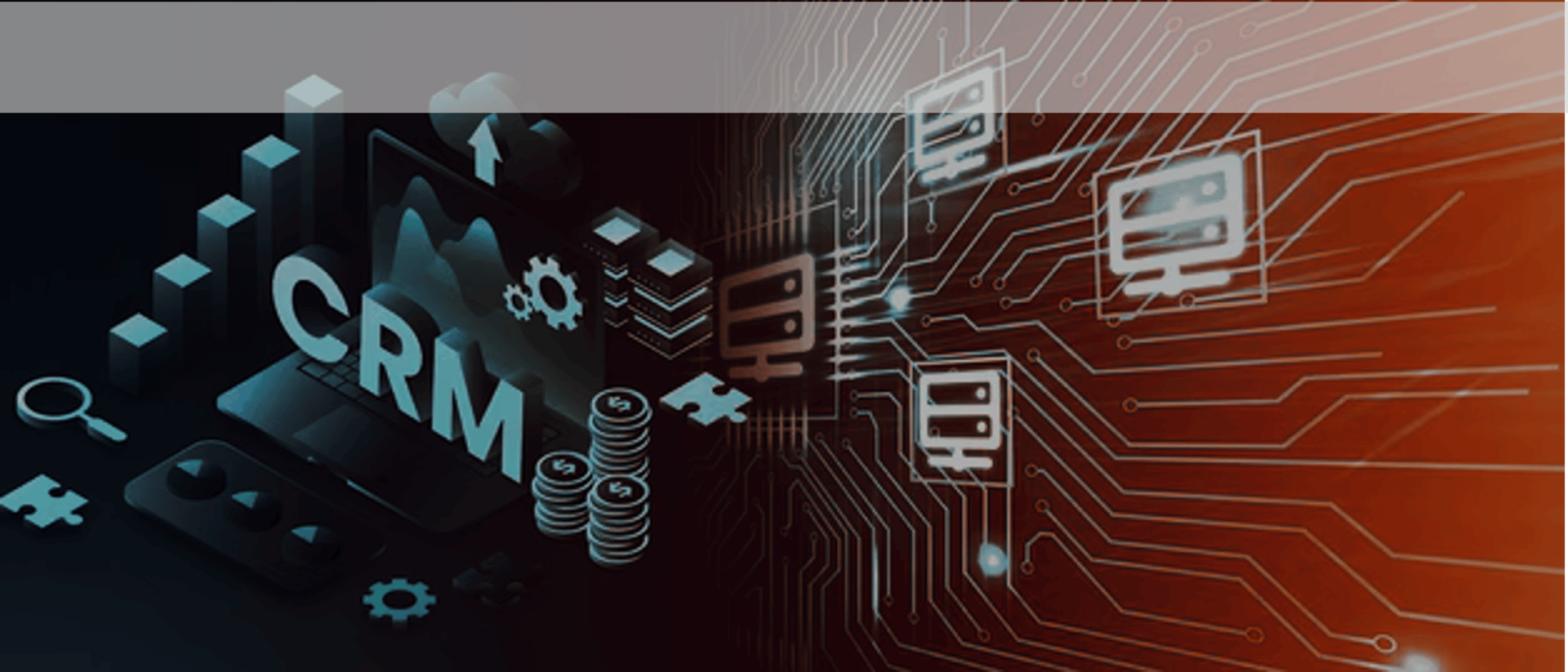Security Enhancements – Implementing modern security protocols and controls to protect against cyber threats.
User Experience (UX) Improvements – Updating interfaces and workflows for better accessibility and usability.
Automated DevSecOps – Adopting CI/CD pipelines for faster secure software development and deployment.
Performance Optimization – Tuning application code for better speed and responsiveness.
By modernizing applications, businesses can improve efficiency, reduce costs, and stay competitive in a rapidly evolving digital landscape.
Modernizing your applications offers several key advantages, including:
Improved Performance – Enhanced speed, responsiveness, and efficiency for better user experience.
Scalability – Easily adapt and grow with business demands using cloud-native technologies.
Cost Efficiency – Reduce maintenance costs by eliminating outdated infrastructure.
Enhanced Security – Strengthen protection against cyber threats with modern security frameworks.
Increased Agility – Accelerate development, deployment, and innovation with flexible architectures.
Better Integration – Seamlessly connect with modern APIs, third-party services, and cloud platforms.
Regulatory Compliance – Stay up to date with industry regulations and security standards.
Failure to modernize applications can lead to significant operational disruptions and financial losses, as demonstrated by several notable cases:
FBI's Virtual Case File (VCF) System
Between 2000 and 2005, the Federal Bureau of Investigation (FBI) attempted to modernize its case management system through the Virtual Case File (VCF) project. The initiative faced numerous challenges, including unclear technical architecture, frequent changes in project specifications, and management turnover. These issues culminated in the project's abandonment after costing nearly $170 million, leaving the FBI reliant on outdated systems that hindered its operational efficiency.
Delta Air Lines' IT System Outage
In July 2024, Delta Air Lines experienced a massive operational disruption due to a faulty antivirus update that affected its Windows-based systems. The incident grounded flights and led to approximately 7,000 flight cancellations. The prolonged recovery highlighted the airline's reliance on outdated IT infrastructure, particularly its crew-tracking system, which was overdue for an upgrade. The crisis not only caused significant financial losses but also damaged Delta's reputation, prompting the company to seek $500 million in reparations and re-evaluate its IT infrastructure.
These examples underscore the critical importance of timely application modernization. Organizations that fail to update their systems risk operational inefficiencies, financial losses, and reputational harm. Proactively modernizing applications ensures alignment with current technological standards, enhances security, and supports organizational agility in a rapidly evolving digital landscape.
In today’s fast-paced digital landscape, outdated software can hold businesses back, leading to inefficiencies, security risks, and missed growth opportunities. Modernizing or upgrading applications enhances performance, scalability, and security while reducing operational costs. It enables seamless integration with modern technologies, improves user experiences, and ensures compliance with industry standards.
CyberOxs Systems' software modernization program empowers companies to stay agile, secure, and competitive by upgrading legacy systems with cutting-edge technology and future-proof solutions.






